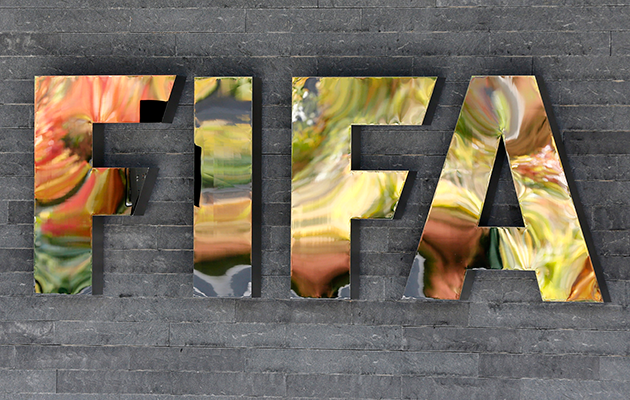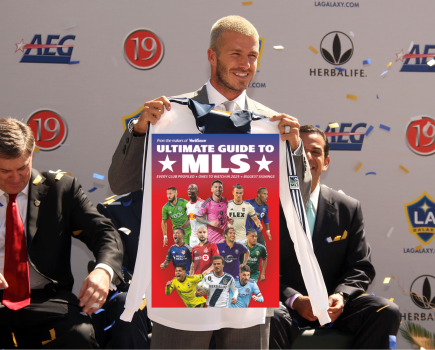FIFA’s World Football Museum is running into trouble only eight months after it was opened.
The world football federation had been trying to create a fan attraction of memorabilia, documentation and historical items for more than 20 years before it finally opened its self-promotional repository early this year.
Gianni Infantino had been installed as president for less than two days when he performed the formal opening in the heart of Zurich to a project put together by his disgraced and banned predecessor, Sepp Blatter.
Now, with FIFA seeking to trim costs to ramp up development investment as Infantino had promised in his election manifesto, the future of the museum is already in doubt.
FIFA has confirmed that curator and managing director Stefan Jost will “part company by the end of October 2016 due to contrasting views on future plans for the FIFA World Football Museum.”
The project — a museum on three floors featuring interactive entertainments, a cafe, bistro and library – was projected to attract 250,000 visitors annually.
However, projected visitor figures for the first year are 132,000 which is only just over half the initial projection.
Visitor surveys have criticised admission tariffs while FIFA has also found more problems than expected in renting out luxury flats on the three upper storeys of the building.
The formal laying of the foundation stone took place in April 2013, with construction approval following a year later with a boast of “a unique, interactive world of experiences with more than 1,000 objects, 1,480 pictures and 500 videos telling the captivating story of international football and the FIFA World Cup.”
At the time of the opening Jost said: “The museum has something for people of all ages. Visitors can expect a unique mix consisting of stories documenting the fascinating history of international football as well as interactive stations.
“We want to bring people closer to football and make the museum a vibrant meeting place for all football and sports fans. We have no doubt that, with the World Football Museum, we have created another must-see for tourists in the city of Zurich.”
However that was to ignore the fact that Zurich is not high on the list of cities targeted by travelling football fans by comparison with the likes of Manchester, Madrid and Barcelona.
Also, the FIFA Museum lacks the sort of ‘flesh and blood’ memorabilia and souvenirs to be found in other such projects as the National Football Museum in Manchester and the Museo del Futbol in Pachuca, Mexico – to name but two.
FIFA had spent more than £100m in renovation and reconstruction of the Haus zur Enge building, with the museum itself accounting for ‘only’ a quarter of the investment in a building whose rentals runs until 2055.
Jost had predicted that “our seminar and events areas will be used to host fascinating debates.”
The only debate now appears to be if, and how, the museum will survive.







